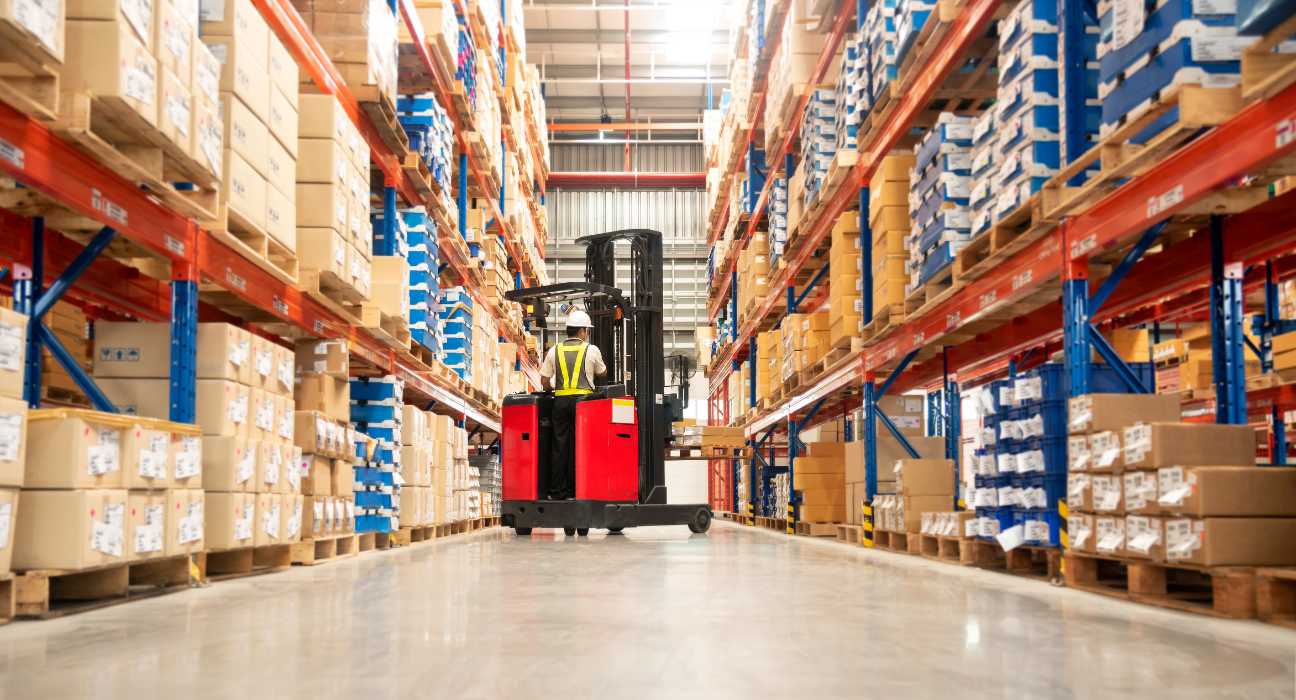In the complex world of bulk material storage, preventing overflows is a top priority. Not only do overflows lead to material wastage and financial loss, but they also pose significant safety hazards. For warehouse managers, engineers, and safety officers, ensuring accurate level monitoring is crucial. Let’s explore some effective strategies for maintaining safety and efficiency in bulk material storage.
Understanding the Risks of Overflows
Overflows can occur in various storage vessels, including silos and tanks. These incidents are not just messy; they can compromise structural integrity and lead to costly cleanups. Understanding the risks associated with overflows is the first step toward prevention.
One major risk of overflow is environmental damage. When materials spill over, they can contaminate soil and water sources, leading to regulatory fines and legal issues. Additionally, overflows can disrupt operations, causing downtime that affects productivity and customer satisfaction.
Another risk is the physical danger they pose to employees. Slippery surfaces and falling materials can result in injuries, making workplace safety a critical concern. Therefore, effective level monitoring is paramount to keep these risks at bay.
The Importance of Accurate Level Monitoring
Accurate level monitoring is essential for preventing overflows and ensuring smooth operations. By keeping track of material levels in real-time, warehouse managers and engineers can make informed decisions that enhance safety and efficiency.
One benefit of accurate monitoring is cost savings. By knowing precisely how much material is in storage, businesses can optimize inventory management and reduce waste. This leads to increased profitability and a better return on investment.
Furthermore, accurate level monitoring improves safety. It allows safety officers to anticipate issues before they become serious problems, reducing the likelihood of accidents. In this way, level monitoring serves as a proactive measure to maintain a safe work environment.
Exploring Monitoring Technologies
There are various technologies available for monitoring storage levels, each with its unique advantages. Choosing the right one depends on factors such as the type of material stored, the size of the storage vessel, and the specific needs of your operation.
One common technology is the use of ultrasonic level sensors. These sensors work by emitting ultrasonic waves that bounce off the material’s surface, providing accurate level readings. They are particularly useful for non-contact measurement, making them ideal for hazardous or corrosive materials.
Another option is radar level sensors. These devices use microwave signals to measure the distance to the material’s surface, offering precise measurements even in challenging conditions. Radar sensors are reliable and can handle high temperatures and pressures, making them suitable for harsh industrial environments.
Benefits of Ultrasonic Level Sensors
Ultrasonic level sensors have become increasingly popular due to their accuracy and versatility. They provide reliable measurements without direct contact with the material, reducing wear and tear on the equipment and minimizing maintenance costs.
One advantage of ultrasonic sensors is their ability to measure a wide range of materials, from liquids to solids. This flexibility makes them suitable for diverse applications, including grain silos, chemical tanks, and more. Additionally, they offer real-time data, enabling quick responses to potential overflow situations.
Another benefit is their ease of installation and integration with existing systems. Ultrasonic sensors can be easily programmed and calibrated, making them a user-friendly option for warehouse managers and engineers looking to enhance their monitoring capabilities.
Implementing Effective Monitoring Strategies
Implementing effective monitoring strategies involves more than just selecting the right technology. It requires a comprehensive approach that considers all aspects of storage management, from equipment setup to data analysis.
One key strategy is regular calibration and maintenance of sensors. Ensuring that sensors are calibrated according to manufacturer specifications guarantees accurate readings. Regular maintenance checks help identify potential issues before they lead to equipment failure or inaccurate measurements.
Another strategy is integrating monitoring systems with automated alerts. By setting up alerts for specific thresholds, warehouse managers can receive notifications when material levels approach critical points, allowing them to take timely action to prevent overflows.
Training Staff for Better Monitoring
Training staff is an integral part of successful level monitoring. Employees need to understand the importance of accurate monitoring and be proficient in using the technology and systems in place.
Effective training programs include hands-on sessions where employees learn to operate monitoring equipment. They should also cover troubleshooting techniques, enabling staff to address minor issues independently without disrupting operations.
Additionally, fostering a culture of safety and awareness encourages employees to take monitoring seriously. By involving staff in the process and emphasizing the benefits of accurate level monitoring, businesses can create a safer and more efficient work environment.
Preventing overflows through accurate level monitoring is a vital aspect of bulk material storage management.
By understanding the risks, exploring advanced technologies like ultrasonic level sensors, and implementing effective strategies, warehouse managers, engineers, and safety officers can ensure safety and efficiency in their operations.
Investing in the right tools and training empowers businesses to stay ahead of potential hazards, protecting both their assets and their people.
For further information on optimizing your storage solutions and enhancing safety protocols, consider reaching out to experts in the field or exploring additional resources that offer deeper insights into advanced monitoring systems.

